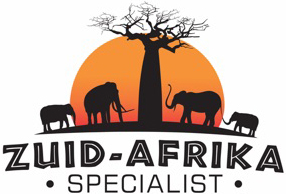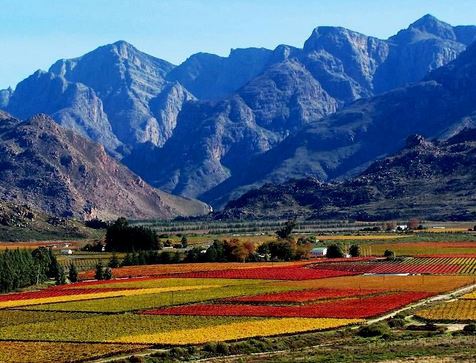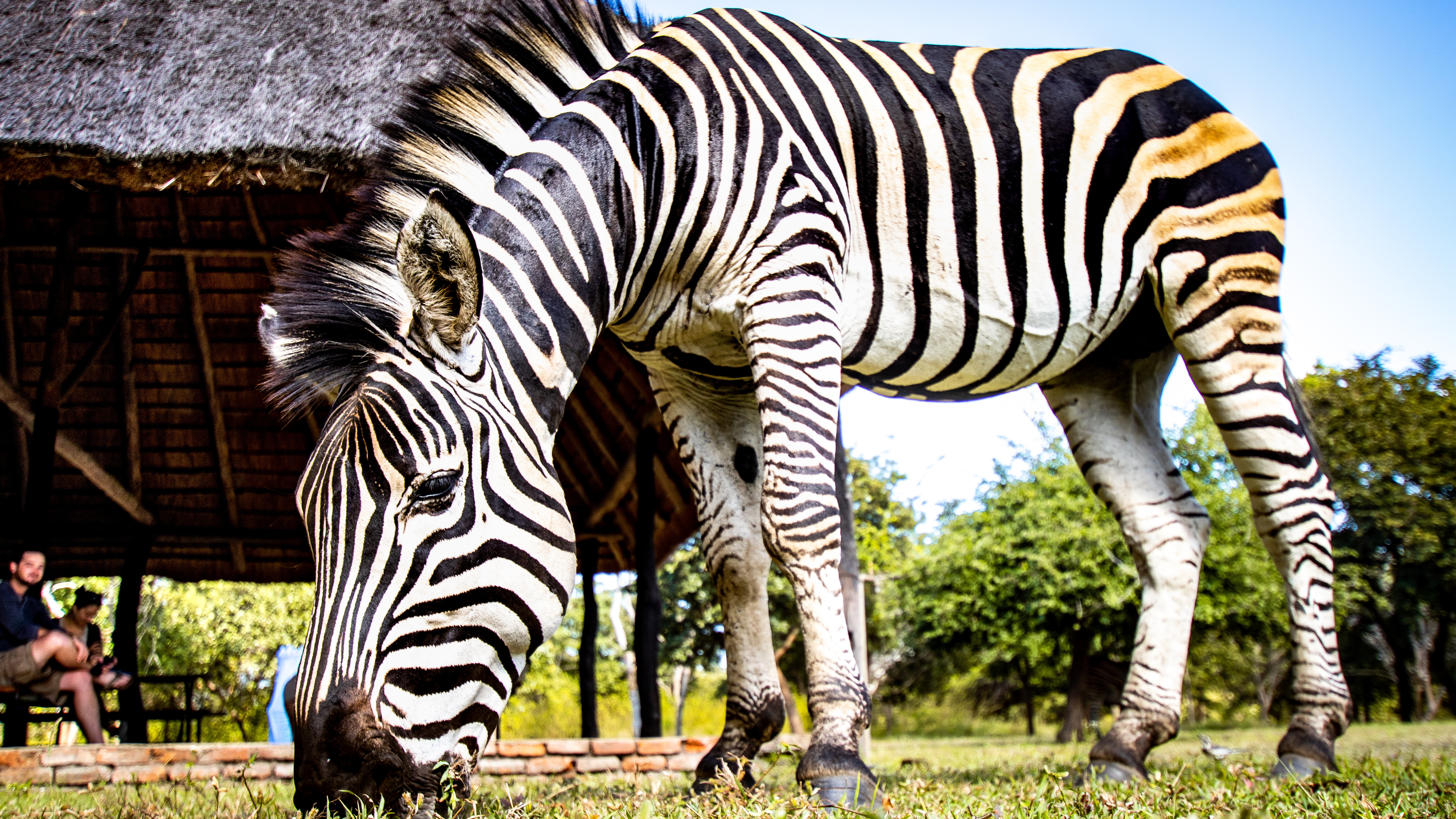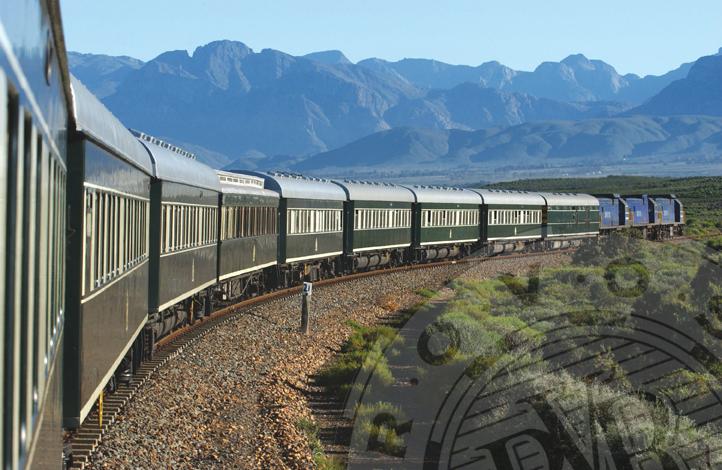Windhoek
Windhoek is the capital of Namibia and is centrally located in the country at a crossroads of roads and railways. It is the largest city in Namibia with around 300,000 inhabitants. The city is located on the Central Plateau at an altitude of 1650 meters, making the climate pleasant. The city is surrounded by the Auas Mountains in the southeast, the Eros Mountains in the northeast and the Khomas Hochland in the west.
Windhoek used to be known by two other names, both referring to the hot springs that were still active in the area at the time. The Nama called it Ai-Gams which means ‘fire water’ and the Herero used the name Otjomuise or ‘place of steam’. It is not known exactly where the current name comes from, but it was probably named after the Windhoek Mountains in South Africa by the first Afrikaners who moved to the current Windhoek from there. The Afrikaners built a church there around 1840 that also served as a school, but these first buildings did not last long. During one of the battles between the Nama and the Herero, everything that had been built up so far was destroyed. The ‘real’ beginning of Windhoek is often seen as the day on which the German Major Von Francois started his army to build Die Alte Feste in 1890. There were regular fights between the Herero, the Nama and the German settlers and after the The First World War brought an end to the German colonial era. South Africa took over power in the area and this meant that the ideas of Apartheid were also introduced here.
The center of Windhoek is known as ‘small Windhoek’ and here you will find many old buildings from the German colonial era, as well as modern office buildings. The oldest building in Windhoek, Alte Feste, is the home of the National Historical Museum. Other buildings dating from the colonial era include: Christuskirche, the old prison, Von Francois fort, Tienmannhaus, Ludwig von Estorff Haus, train station, St. George Cathedral and Tintenpalast which was the seat of the German colonial rule.
Windhoek is known for being clean and tidy, the center is also not very African. Windhoek has a mix of cultures and many white people still speak German. It is the most modern city in Namibia and you will find shopping centers, markets, car rental, many restaurants, bars and clubs, medical facilities and the only international airport in the country is close to the city. You will of course also find the brewery of the proud beer brand ‘Windhoek’ in the capital. There are accommodations in many shapes and sizes, from the new modern Hilton Hotel to small guesthouses and lodges.
For a day trip from Windhoek, a visit to the Daan Viljoen Game Park about 20 kilometers west of the city is a possibility. This small Game Reserve of just 50 square kilometers consists mainly of grassland and savannah and the residents include zebra, spiesbok, hartebeest, gnu, impala and springbok (no Big Five). You can explore the park by car or on foot.
Add to my travel plans


